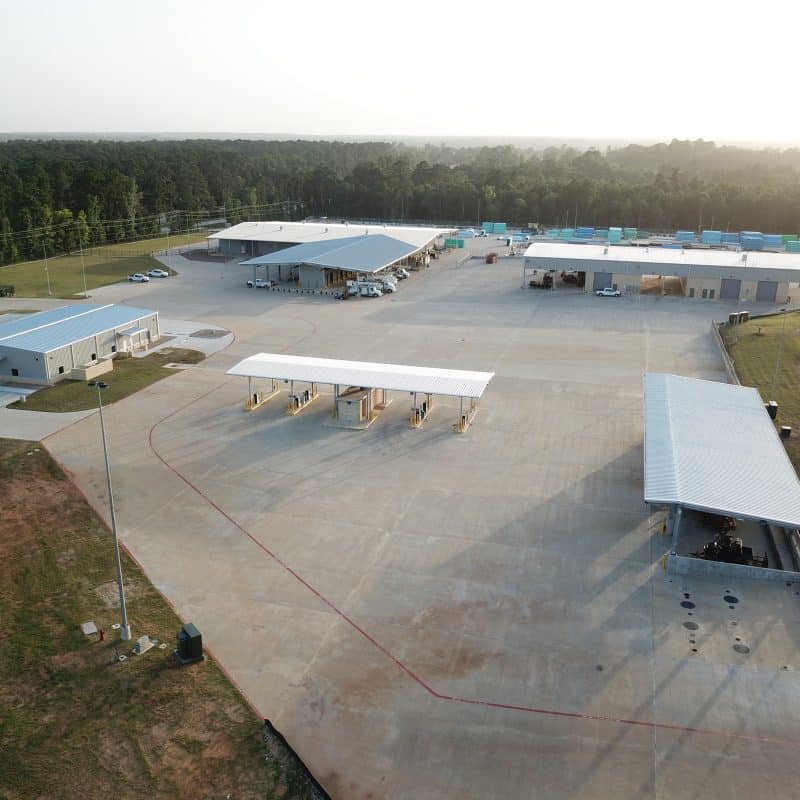Creating a Home for a Lifetime: The Essence of Aging in Place Design

As individuals age, the idea of staying in their own homes and communities becomes increasingly important. Aging in place is a concept that focuses on designing living spaces to accommodate the changing needs of older adults, allowing them to remain in their homes safely and comfortably as they grow older. Creating a home for a lifetime involves thoughtful design that addresses mobility, accessibility, safety, and comfort. Let's explore the essence of aging in place design and how it can benefit older adults looking to age gracefully in their own homes.
The Importance of Aging in Place Design
Benefits of Aging in Place Design
- Allows older adults to maintain independence and autonomy
- Promotes a sense of familiarity and continuity
- Reduces the risk of accidents and falls
- Supports physical and mental well-being
- Helps older adults stay connected to their communities
Challenges of Aging in Place
While aging in place offers numerous benefits, it also presents some challenges that need to be addressed through thoughtful design:
- Ensuring accessibility and mobility throughout the home
- Preventing obstacles and hazards that can lead to falls
- Providing adequate lighting and contrast for aging eyes
- Incorporating technology for convenience and safety
- Creating a comfortable and functional living environment
Key Principles of Aging in Place Design
Universal Design
Universal design principles focus on creating spaces that are usable by people of all ages and abilities. Key elements of universal design include:
- Zero-step entrances for easy access
- Wide doorways and hallways to accommodate mobility aids
- Single-floor living to minimize stairs
- Non-slip flooring and grab bars in bathrooms
- Well-lit spaces with easy-to-reach controls
Adaptability
Adaptability is another important principle of aging in place design, allowing homes to evolve with changing needs. Some ways to incorporate adaptability include:
- Flexible floor plans that can be easily modified
- Adjustable countertops and cabinets for varying heights
- Multi-functional spaces that can serve different purposes
- Smart home technology for remote monitoring and control
- Aging-friendly landscaping with low-maintenance features
Inclusivity
Inclusivity ensures that aging in place design considers the diverse needs of older adults, including those with disabilities or chronic conditions. Some ways to promote inclusivity in design are:
- Providing options for alternative communication methods
- Offering personalized support services and resources
- Creating spaces that are welcoming and easy to navigate
- Considering cultural preferences and accessibility requirements
- Engaging older adults in the design process to incorporate their input
Implementing Aging in Place Design in Your Home
Whether you are planning to age in place yourself or helping a loved one create a home for a lifetime, there are several steps you can take to incorporate aging in place design principles into your living space:
- Conduct a home safety assessment to identify potential hazards
- Make necessary modifications to improve accessibility and mobility
- Install grab bars in bathrooms and non-slip flooring throughout the home
- Ensure adequate lighting in all areas, including stairways and entrances
- Consider adding smart home features for convenience and security
- Create a comfortable and welcoming environment that promotes independence
- Consult with a professional designer or contractor specializing in aging in place design
Conclusion
Aging in place design is not just about making homes accessible and safe for older adults; it is about creating a supportive and inclusive environment where individuals can continue to thrive and enjoy a high quality of life as they age. By embracing the key principles of universal design, adaptability, and inclusivity, we can ensure that our homes are truly places for a lifetime, where we can age gracefully and with dignity.








 Image Source: Google
Image Source: Google